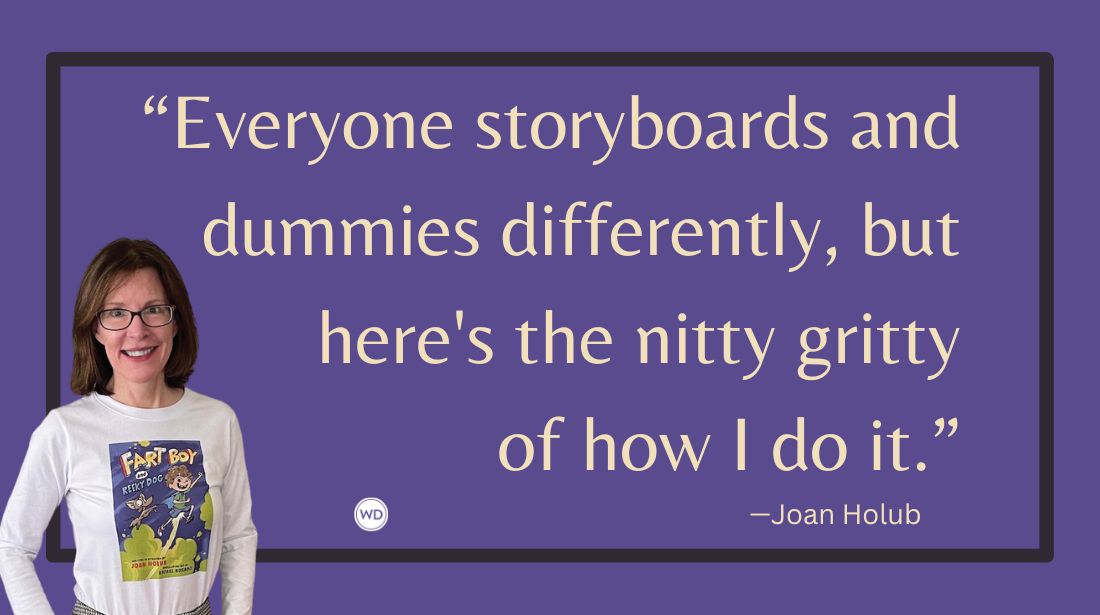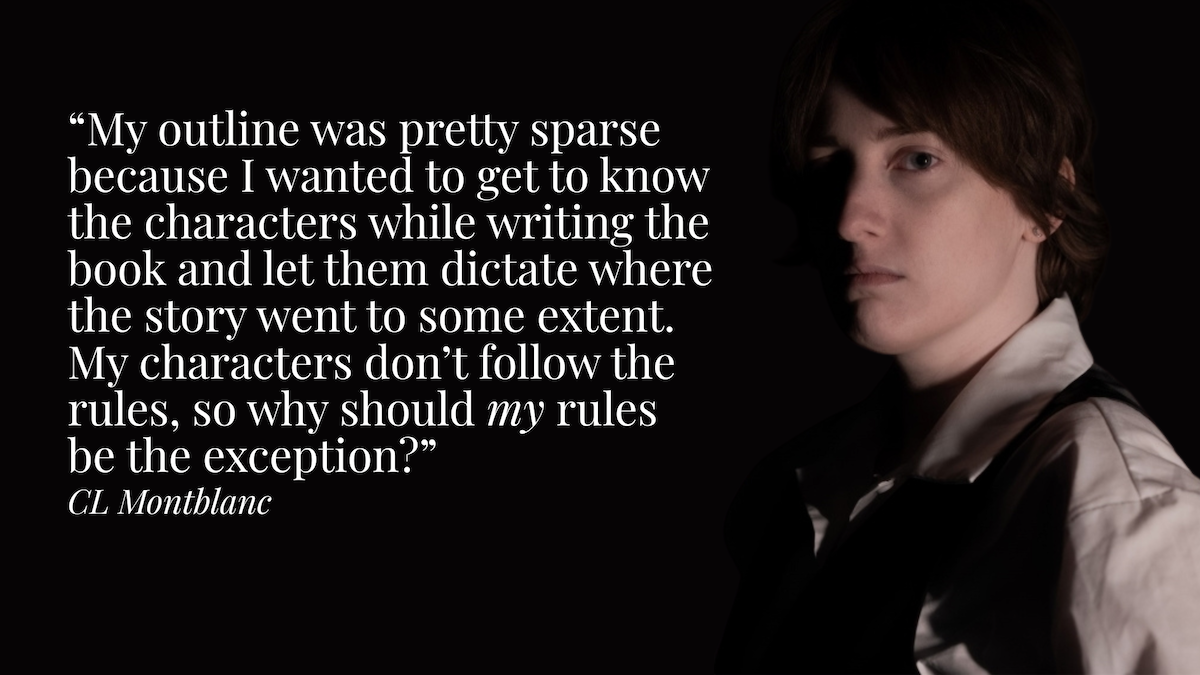Threading Folklore Through Your Novel
Author Allison Gunn shares her thoughts on threading (old and new) folklore and fairy tales through your novel.
My mother was always obsessed with mysteries. From missing person’s cases to bizarre tales of alien abductions, she was sucked in by the unknown where her imagination could fill in the gaps to solve the strange case. Nothing captured her curiosity more than the Lost Colony of Roanoke, a terrifying and fascinating case where over a hundred European settlers vanished without a trace in the 16th century off the coast of what is now North Carolina. And who was peeking over her mom’s shoulders as she read book after book on the unfortunate colonists? None other than yours truly.
Combine this early love of disturbing true stories with my grandmother’s inclination toward the Grimm Brothers' original faerie tales, and my imagination was primed to engage with whimsical stories handed down through generations.
As an adult, I dove headfirst into legends and folklore. While studying history at Old Dominion University in Norfolk, VA, one of my professors introduced me to the academic study of folklore, highlighting the background and biases within the dark tales most of us know through sanitized Disney adaptations. Later, when I relocated to Appalachia after years of being away, I found myself digging deeper into local legends and the whispers of strange sightings across the region that are now fixtures on social media.
Inspired by other researchers such as folkloric expert John E.L. Tenney, I fell down a rabbit hole swirling with cryptids, ghosts, witches, faeries, and goblins. I chased after the bumps in the night, the voices on remote trails, and the rumors of creatures in the deepest hollows. Appalachia is the place where faerie tales reside, and my debut novel, Nowhere, is drenched in these rich oral traditions and legends.
Inspiration From Our Past and Present
When people talk about ‘folklore,’ they often think of tales buried in books or shared amongst historians and age-old societies. That couldn’t be further from the truth. Folklore is a living, breathing entity. It evolves alongside humanity, incorporating modern themes and fears regardless of our position in time.
Often referred to as ‘urban legends,’ or now, ‘creepy pasta,’ these stories are just as valid and relevant as works by the Grimms, Hans Christian Andersen, and other cherished legends passed down through centuries. For example, Slender Man—born from an online contest—has officially entered our zeitgeist, embodying isolation, the perpetual outsider, and our need to belong to something greater than ourselves. The legend of this tall, long-fingered monster continues to terrify large swaths of the population despite our collective knowledge that the beast is entirely an invention of the internet.
Other modern legends’ origins are rooted in age-old tales passed down and modified for the present day, even if we don’t recognize it at first blush. For example, the popular internet stories of Black-Eyed Children reflect a clear through-line with Celtic faerie lore. Just as Black-Eyed Children are described in online forums, Changelings—or faeries who have replaced human children without the knowledge of their parents—are clearly out of place to the observer. Their cadence is off; their clothing is aged; their requests are bizarre and even dangerous, leading unsuspecting adults into peril. These children in both online legends and Celtic lore are not what they seem, and even their physical appearance screams something otherworldly is at work. They want you to believe them, allow them inside your home, welcome them into your life which inevitably ends in mayhem.
Meanwhile, entities such as Bigfoot and Wendigos have roots with indigenous Northern American populations. Shadow people are linked with the Jinn of Islamic lore. The infamous Hat Man is a shared legend across the globe. Folklore, modern or not, is more linked than we often recognize.
Ultimately, whether you are drawing inspiration from tales that are hundreds of years old, or a story you found intriguing on an online forum, chances are you are drawing from folklore. Rather than limiting yourself to a few tomes containing stories that have been analyzed and rehashed a thousand times, allow yourself to explore legends that intrigue you rather than focusing on the so-called validity of the tale.
Write what inspires and thrills you instead of setting a goal to write fiction based on folklore. If you aren’t driven by the material, the reader will catch on quicker than you think. Once more, you’ll be miserable attempting to write a manuscript that does not resonate with you. Your sandbox is larger than you think. That bone-chilling story you found on Reddit is just as heady and worth your time as an ancient tale that academics have studied in depth. Let your imagination play and expand.
Researching the Strange
If you’ve landed on a folkloric tale that sparked a story, you’ve won half the battle. Now, it’s time to roll up your sleeves and get to investigating. If research isn’t your bread and butter, this step can seem intimidating. However, it’s far more approachable than you may realize thanks to the internet.
Forums are overflowing with new legends as well as sources on classic materials. Libraries, of course, contain row after row of books on lore across the world. However, picking up your favorite author’s newest novel may also provide you with leads. Many writers are now incorporating folklore in their work, and often cite those sources.
Further, those of us who work with legends and odd stories are usually eager to share our discoveries with others. If there is an expert in a folkloric story that you would like to speak with, take a chance and send them a respectful email. Worst case scenario, they are either annoyed or ignore you altogether which speaks volumes about that person rather than you. More often than not, you’ll end up connecting with someone who has a wealth of information they are eager to share. If nothing else, you can always begin by asking them if they have any recommended sources for your project.
And don’t forget my personal favorite tactic for researching which is also the scariest for introverts like me: Talk to the locals. Ask questions. Have they heard of any stories in the area? Have their friends or family members experienced anything strange? Remember to be considerate and never press someone when they do not want to share, but do not discount the value in simply talking to your neighbor or even the gas station clerk about their experiences. Chances are they have stories to share that are just as enthralling as what you will find in a decades-old book.
Bottom line: If you do not explore, ask questions, or put in the time to research whatever lore has piqued your interest, you will not have the tools to craft a solid narrative that connects to the legend in an authentic way. Be brave, take chances, roll up your sleeves, and dive into our collective weirdness.
Writing the Dream
Here comes the hard part. No, I’m not talking about putting words on the page. It’s likely you already know how to do that better than you realize. The challenge is to let go of everything you just learned and allow your story to unfold without judgement. I know, that sounds like madness. After all, there are formulas to be followed and time-tested literary structures which should be considered. Writers want to be sure they are true to the source material and that their message is conveyed clearly. Without a doubt, that is important. However, that is not going to help you build effective, enjoyable, epic worlds.
Take a step back. The information you gleaned during the research process is now embedded in your mind. Trust that your creative brain will spin those tales into whatever story you want to tell. There’s little use in trying to adhere to a collection of notes if you don’t have your own take on the tale. Allow yourself space to expand the lore beyond its boundaries, to customize legends to your voice, and to breathe life into tales long dismissed.
Only you can tell your story even if its core is rooted in the words our predecessors passed down. Your version or implementation of the tale is contributing to the overall legacy of that story, extending its life for yet another generation of readers. And when you think of it that way, giving your voice its proper credit, working with folklore becomes a badge of pride as you contribute to the same patchwork that unites humanity like none other.
Check out Allison Gunn's Nowhere here:
(WD uses affiliate links)








